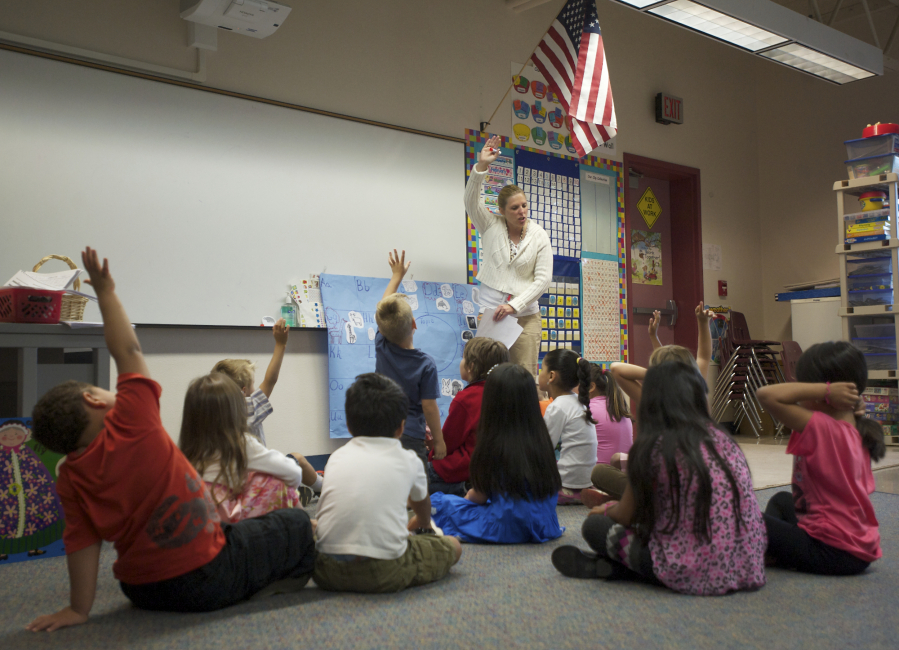Soon Vancouver Public Schools’ youngest students will have smaller class sizes, thanks to a nearly $43 million state grant. The district will build 88 additional classrooms in its elementary schools to allow for smaller class sizes in kindergarten through third grade.
Washington voters approved a class size reduction measure, Initiative 1351, on Nov. 4, 2014. Each kindergarten through third grade class is required to have no more than 17 students. Classes in grades 4 through 12 are required to have no more than 22 to 25 students. In order to reduce class sizes, about 15,000 more teachers will need to be hired statewide. In addition, many school districts will need to build more classrooms.
Although the measure was approved, it did not come with a funding mechanism.
The 2015 Legislature provided $200 million in competitive grant capital funds to help school districts achieve progress toward class size reduction and all-day kindergarten goals. Vancouver is among 21 districts that qualified for grants.
“We have been reducing class sizes regardless of the grant by using every available space in all of our schools, including cooperative use areas and multipurpose spaces,” said Tom Hagley, district spokesman. “The grant will provide the additional facility space we need to achieve the required class size target.”
Accepting the grant comes with a requirement for the district to provide its local share, which is $14.7 million. That money will come from the district’s fund balance. The grant agreement requires the district to spend its matching funds in full before using the grant money.
The district has 30 days to submit financial certifications and school board resolutions. The board adopted two resolutions regarding the grant at Tuesday’s meeting.
The resolutions certify that grant money will be used for classroom modernization and expansion; the classrooms will be in place for at least five years after the completion of the project; and the useful life of the modernization and expansion will be extended for at least 30 years.
That means the district can’t use the grant money to buy portable classrooms, which are not considered permanent. However, the district will temporarily lease portables beginning this summer to help reduce K-3 class sizes while it builds the new classrooms. The design, bidding and building process will take at least two years, said Todd Horenstein, the district’s assistant superintendent for facility support services.
To qualify for the grant, the district met the following criteria: significant need, poverty level, classroom availability, student-teacher ratio and ability to raise capital funds.
The grant will reduce the financial obligation of local taxpayers to provide school facilities that meet state-mandated class sizes, Hagley said.
“This grant will address a portion of the district’s facilities needs, but we have a planning process underway that is focused on the other needs, including older schools that need to be replaced,” he said.
The district plans to put a bond measure before voters in February. The district has not had a facilities bond measure on the ballot since 2001.




